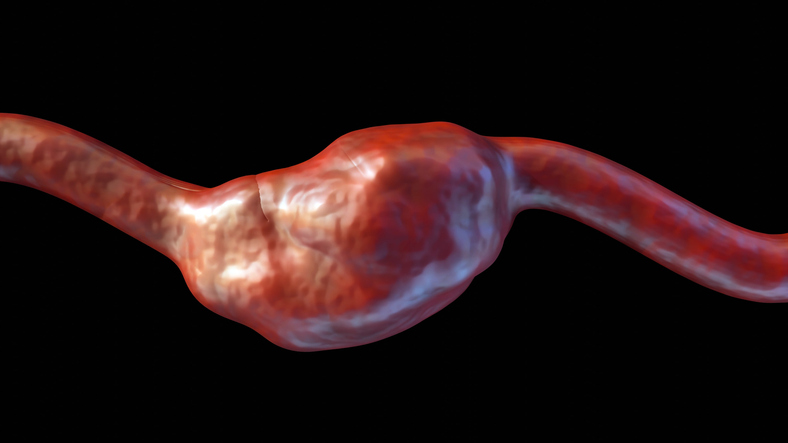
Asymptomatic patients with high grade premature ventricular contractions (PVCs) in the recovery phase of the stress test are associated with long term risk of cardiovascular mortality with a mean follow up of 20.2 ± 3.9 years, according to a recent study published in the Journal of American College of Cardiology.1
In asymptomatic patients, high-grade PVCs during recovery from exercise were associated w/ cardiovascular mortality, whereas those during exercise do not. https://t.co/VFjbqX6446#JACC #PVC #CVD #lipoprotein #SportsCardio @DrMarwanRefaat @SamiaMoraMD @CharbelGharios6 @rblument1 pic.twitter.com/KjhAFFB7oH
— JACC Journals (@JACCJournals) November 30, 2021
More on PVCs and Study Design
PVCs are commonly seen during routine electrocardiograms in up to 4% in the general population. PVCs are classified into a low grade (monomorphic and infrequent) and high grade (frequent, i.e., more than 10 PVCs over a minute, multifocal, multiform, ventricular tachycardia, and R on T). The researchers from the Lipid Research Clinics Prevalence Study aimed to address the prognostic implications of exercise-induced PVCs based on grade. The study retrospectively analyzed participants between the ages of 20 to 80 years of age. All included participants were asymptomatic (no angina, claudication, left ventricular hypertrophy, history of myocardial infarction, stroke, cardiac surgery, vascular surgery, and/or if taking digoxin or antiarrhythmics) and should have undergone Bruce protocol stress test.
A total of 5,486 participants (42% women) with a mean age of 45.4 ± 10.8 years and a mean follow-up of 20.2 ± 3.9 years were included in the study. Comorbidities in this patient population included hyperlipidemia (33%), hypertension (40%), and diabetes mellitus (3%). There was a history of smoking in 65% of the study participants. During 20.2 years follow-up, high-grade PVCs during exercise were associated with statistically significant higher all-cause (48.5% vs. 14.7%, P<0.001) and cardiovascular mortality (19.8% vs. 5.4%, P<0.001). Similarly, high-grade PVCs during recovery were associated with statistically significant higher all-cause mortality (52.6% vs. 14.4%, P<0.001) and cardiovascular mortality (27.1% vs. 5.1%, P<0.001).1
🫀 Note the #heart during recovery! Cohort data of 5,486 asymptomatic individuals show that high-grade exercise-induced PVCs during recovery – but not during exercise – were associated with long-term risk of #CV mortality! Read more in #JACC 👉https://t.co/TGIXTCZGim#EAPC_ESC pic.twitter.com/kYYF5cNKXO
— EAPCPresident (@EAPCPresident) November 30, 2021
Mortality Increase Notable
The higher cardiovascular mortality associated with high-grade PVCs during recovery persisted even after adjusting for age, sex, exercise, and clinical variables. Similarly, high-grade PVCs during exercise and recovery is associated with higher all-cause mortality (HR:1.65, 1.11-2.45, P=0.014).
Although the presence of PVCs have traditionally been considered benign findings,2 this study sheds light on poor outcomes associated with high-grade PVCs and can provide further guidance regarding closer monitoring and intensive risk modification.3 Further studies are needed to gain further insight into this concerning association of PVCs and increased risk of mortality to better focus on the appropriate preventative and surveillance strategies.
Dr. Devesh Rai is a correspondent with the CardioNerds, a DocWire News content partner. Read more of their contributions by visiting their DocWire News archive page. Follow him on Twitter @MarkBelkinMD.
Insightful transcontinental article led by @DrMarwanRefaat @SamiaMoraMD @CharbelGharios6 @CiccaroneCenter @CiccaroneCenter #teamworkmakesthedreamwork #🥍🏏⚽️🏒🎾⚾️🏀 https://t.co/gSmRJr8bx7
— Roger Blumenthal (@rblument1) December 1, 2021
References
- Refaat MM, Gharios C, Moorthy MV, et al. Exercise-Induced Ventricular Ectopy and Cardiovascular Mortality in Asymptomatic Individuals. Journal of the American College of Cardiology. 2021;78(23):2267-2277.
- Gerstenfeld EP, Marco TD. Premature Ventricular Contractions. Circulation. 2019;140(8):624-626.
- Saha SA. Premature Ventricular Complexes During Exercise in Asymptomatic Adults. Journal of the American College of Cardiology. 2021;78(23):2278-2280.







 © 2025 Mashup Media, LLC, a Formedics Property. All Rights Reserved.
© 2025 Mashup Media, LLC, a Formedics Property. All Rights Reserved.